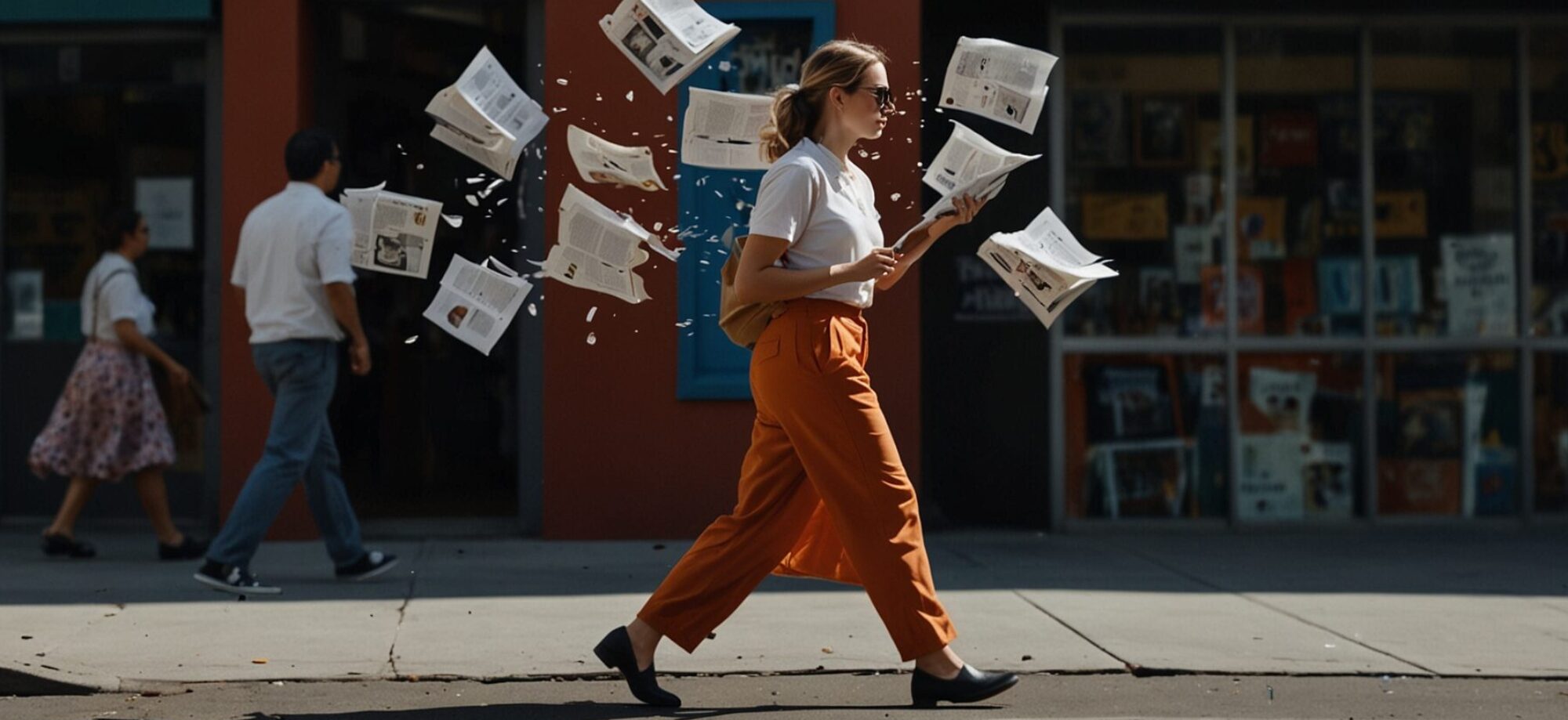The WALK-RWD system provides us with a state of meditation that projects us towards two of its main fields that make it up: relaxation and concentration.
Traducido al Español
By applying it we can achieve that the brain waves reach very adequate levels so that the mind is placed in a position of relaxation and relaxation, freed of worries and emotional tensions (Post WALKING, MEDITATION AND CEREBRAL WAVES). Relaxation is a fundamental part of meditation; a state where the mind relaxes and its functions go down from the level of operation, remaining in a semiconscious state, and where the consciousness and the unconscious continue to take care of capturing the external stimuli. As we know, consciousness and the unconscious are not antagonistic, but interdependent functions.
In this state, some of the functions go down in level such as will, conceptual thinking, reasoning, logic; but others increase in their degree of operation such as creativity, imagination, intuition, inspiration, fantasy, all of them consciously but not necessarily voluntarily. Relaxation is the carelessness of the greatest number of events and situations, leaving the unconscious to seek its harmony with the conscience.
Invariably, we can observe, at 4-5 minutes after starting a walk, that the thoughts of worry, affliction and anguish that were absorbing us, begin to fade and we are generally not aware of the moment when they disappear from our mind. We enter, automatically -without noticing how it is generated- in a process of mental relaxation, of calm and puts us in a state free of tensions and disturbing obsessions.
In the same sense, the concentration is achieved in such a way that each walk is a “golden vein” for the results obtained in terms of health, knowledge, creativity and fundamentally feeling good about oneself.
Concentration is the ideal state to be absorbed in the questions that our mental as well as spiritual interiority is immersed in order to address and resolve in some way.
Yoga is representative, in part, of the concentrative application, while Buddhism is more identified with the type of introspection, although none of these 2 systems, in their characterizations, are absolute of these categories.

722-SPECIAL THOUGHTS
It seems that introspection, the examination towards our interiority, is a psychic function that is achieved when we reach an important degree in mental and spiritual relaxation and concentration. In this prosecution, the binomial relaxation-concentration, is when we can get the answers about ourselves.
Thus, meditation may tend towards an abstraction of reasoning and thinking, but it is also a concentric attention to an object or subject. Therefore, the WALK-RWD system allows us to direct ourselves towards both stages of meditation, according to our needs, when we read, write or draw, while we walk. Of course, what we intend with the system is not to reach those degrees of abstraction and loss of the senses, but an intermediate level that leads to creation in any of its forms, related to writing and drawing.
If by being too distracted, worried or scattered, you can not concentrate on reading or writing, we can try, at the beginning of the walk, to focus on a specific aspect or object. Of these there is a great variety of situations and forms that can allow us to begin to eliminate those emotions and concerns that distract our attention. Depending on the place we have chosen to carry out our activities, such as a path, a park or a garden, we can accompany our steps with the beating of our heart, in such a way to achieve a synchrony between step and beat, which will cause us a nice abstraction and it will take us away from our worries and afflictions. The same result would throw us counting the number of tiles we are traveling during our walk. With a little imagination -that the walk will generate it by itself- we can select a practice that allows us to abstract and eliminate what prevents us from concentrating on reading or writing.
Once we have reached a certain tranquility and relaxation we can again try to open the book or write some lines.
Let us put this system into practice and observe how it operates on the paths of relaxation and concentration.
I invite you to read these other writings on the subject:
THE ECSTASY IS ACHIEVED DURING THE WALK
HARMONY OF THE BODY WITH THE MIND
WALKING, MEDITATION AND CEREBRAL WAVES
THE WALK-RWD SYSTEM AND ZEN
ABSTRACTION AND MOTIVATION WITH THE WALK-RWD SYSTEM




